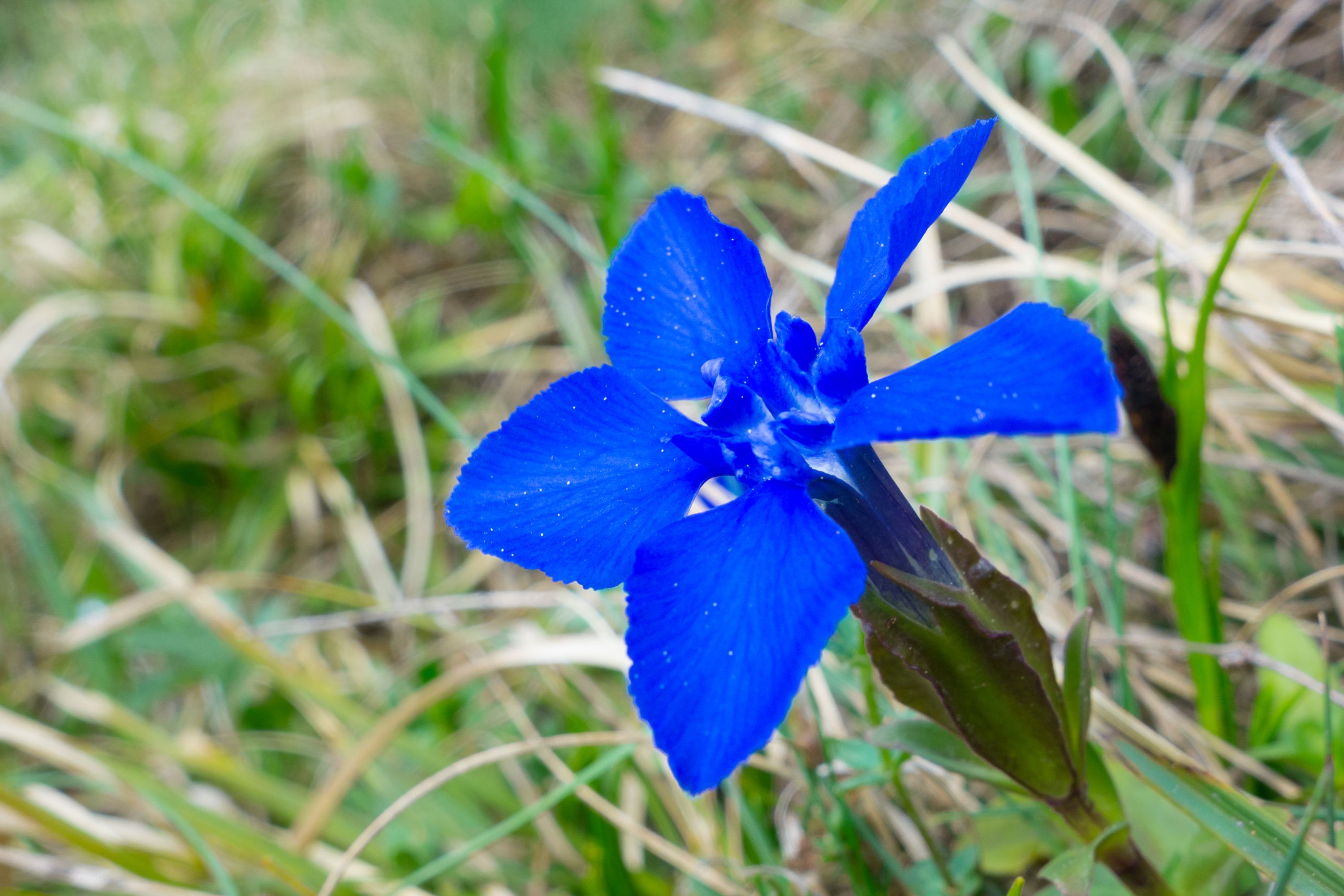Bavarian gentian
(Gentiana bavarica)

Description
Gentiana bavarica, commonly known as Bavarian gentian, is a beautiful flowering plant species belonging to the family Gentianaceae. This perennial herbaceous plant is native to the Alpine regions of Europe and is known for its striking blue flowers that bloom in the summer months. In this article, we will explore the taxonomy, morphology, ecology, and uses of Gentiana bavarica. Taxonomy Gentiana bavarica was first described by the German botanist Johann Philipp Achilles Leinauer in 1792. It belongs to the genus Gentiana, which comprises around 400 species of flowering plants distributed in the temperate and subtropical regions of the world. Gentiana bavarica is part of the Gentianaceae family, which includes other notable species such as Gentiana lutea and Gentiana acaulis. Morphology Gentiana bavarica is a herbaceous plant that typically grows up to 30 cm in height. It has a basal rosette of dark green leaves that are lanceolate to elliptic in shape, measuring up to 10 cm long and 2.5 cm wide. The leaves are arranged in a whorl-like pattern and are slightly hairy on the underside. The flowers of Gentiana bavarica are showy and strikingly blue in color, with a trumpet-like shape. They measure around 4 cm in length and have five petals that are fused at the base. The flowers bloom in the summer months, typically between June and August. The plant also produces a fruit that is a capsule containing numerous small seeds. Ecology Gentiana bavarica is native to the Alpine regions of Europe, including the Austrian and Bavarian Alps. It is commonly found in subalpine and alpine meadows and rocky areas, growing at elevations between 800 and 2,500 meters. The plant prefers well-drained soil and partial shade, and it is often found growing alongside other alpine plants such as Campanula scheuchzeri and Leontopodium alpinum. Gentiana bavarica is adapted to the harsh conditions of the alpine environment, including the extreme cold and snow that occur during the winter months. The plant has a deep taproot that allows it to access water and nutrients from the rocky soil. The flowers of Gentiana bavarica are pollinated by bees and other insects, and the plant can also reproduce via seed dispersal. Uses Gentiana bavarica is primarily used as an ornamental plant, and it is grown in gardens and rockeries for its striking blue flowers. The plant requires well-drained soil and partial shade, and it is relatively easy to grow in a suitable environment. Gentiana bavarica is also used in traditional medicine as a bitter tonic and digestive aid. The roots of the plant contain bitter compounds that are believed to stimulate digestion and improve appetite. The plant is also used in herbal remedies for liver and gallbladder disorders. In addition to its medicinal and ornamental uses, Gentiana bavarica is also an important part of the alpine ecosystem. The plant provides food and habitat for a variety of insects and other animals, including bees, butterflies, and moths. The deep taproot of the plant also helps to stabilize the soil and prevent erosion in the rocky alpine environment. Conclusion Gentiana bavarica is a beautiful and fascinating plant species that is native to the alpine regions of Europe. With its striking blue flowers and medicinal properties, it has become a popular ornamental plant and is also an important part of the alpine ecosystem. As we continue to learn more about this remarkable plant, we can better appreciate its unique adaptations and ecological significance.
Taxonomic tree:







